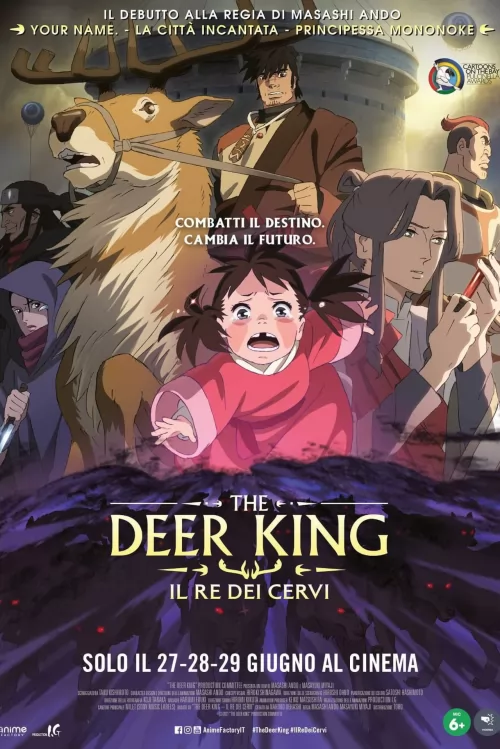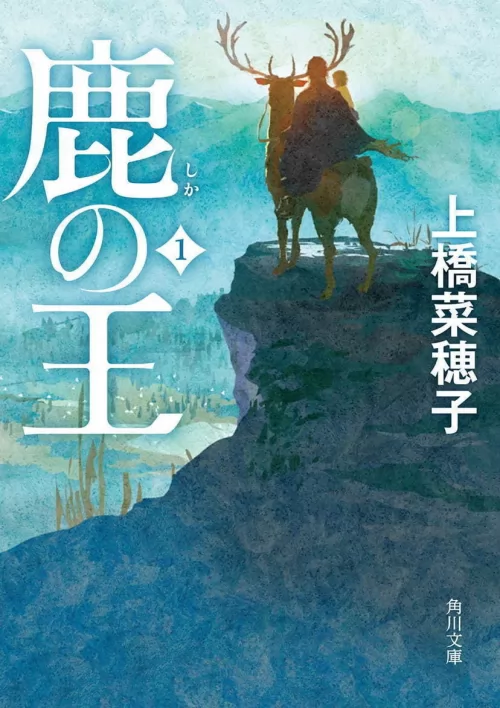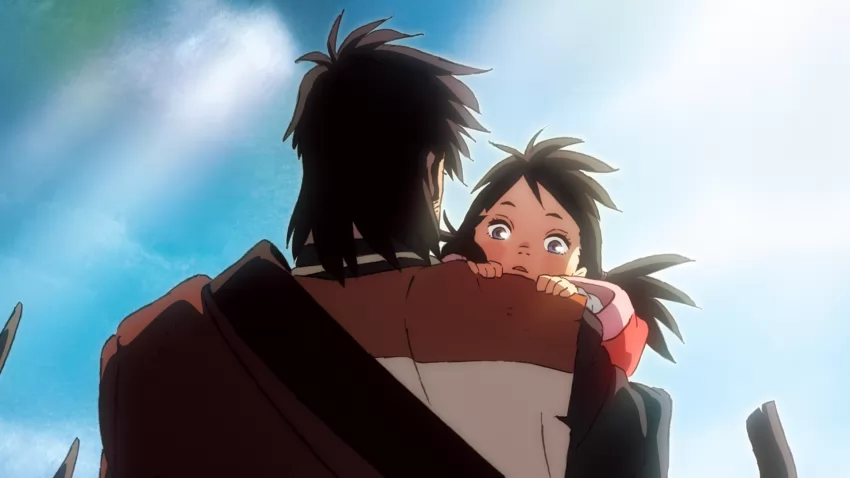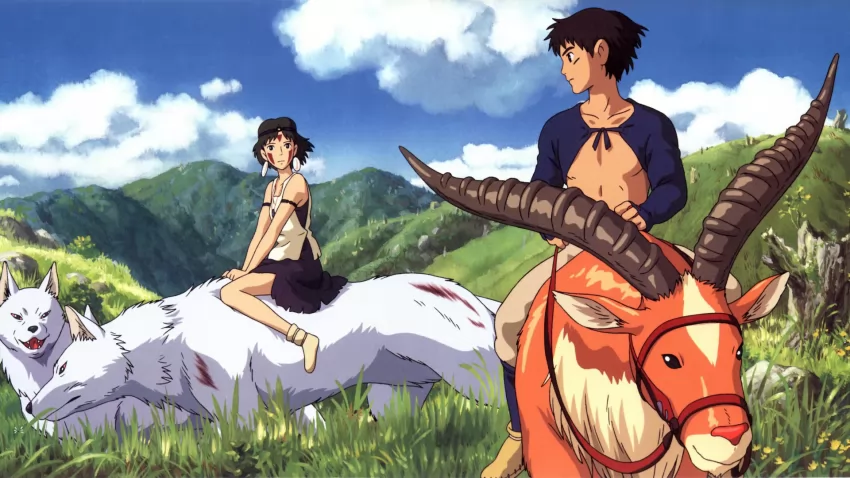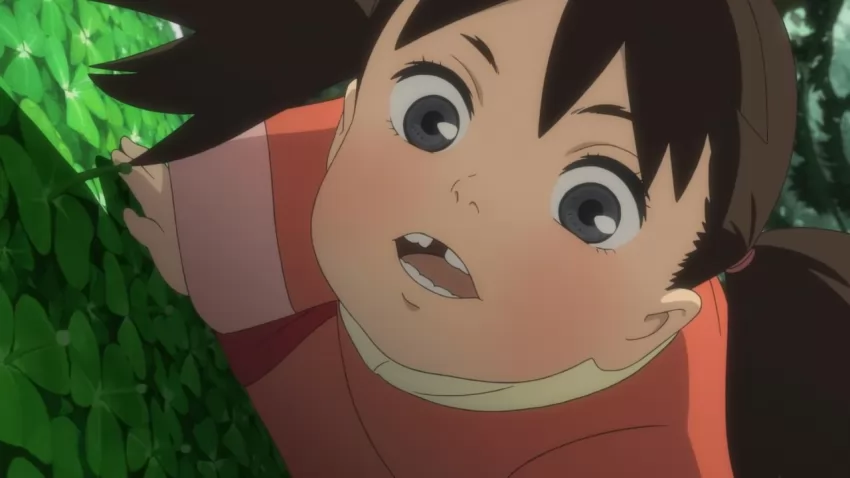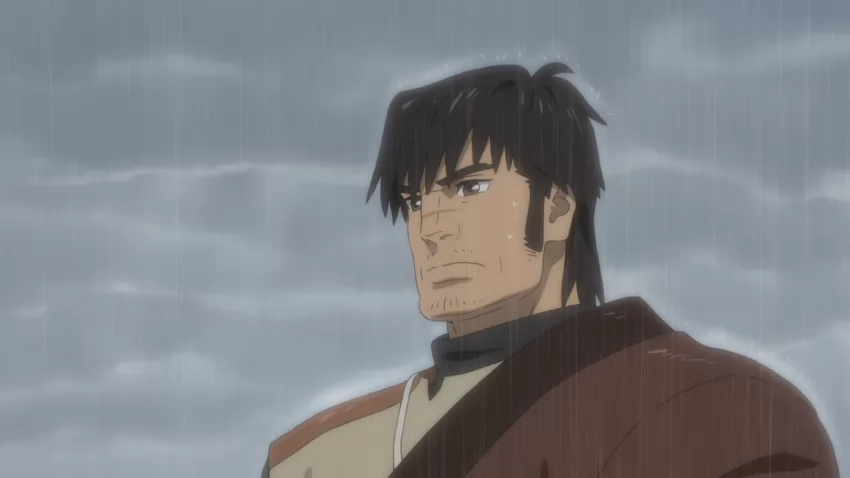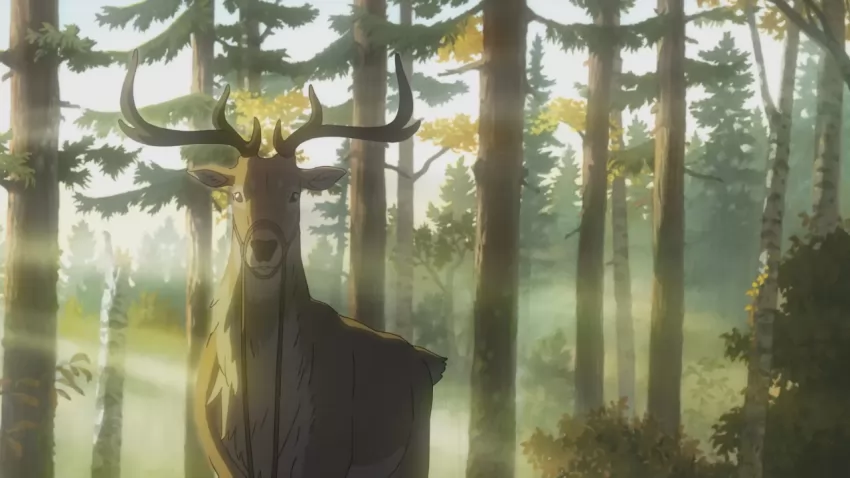2013 saw the release of the last two features of the founding fathers of Studio Ghibli, Hayao Miyazaki and Isao Takahatarespectively The wind rises And The Story of the Shining Princess. While it is true that these two exceptional events did not mark the end of the company’s business – the following year saw the arrival of When Marnie was there while in 2020 we had the unfortunate and controversial one Earwig and the Witch – and if it is equally true that Miyazaki has decided to retrace his steps by announcing in 2016 that he is working on a new feature film (of which we are still awaiting news), it is undeniable that that year represented for many fans the end of an era: that of the magic of Studio Ghibli, creator of works that have made (and still make people dream) the whole world.
After a few noble attempts in intent but clumsy in execution, the latest animated product that tries to take up the legacy of the studio is The Deer King – The Deer Kinga film that sees the animator’s directorial debut Masashi Ando (paired with Masayuki Miyaji).
Among the countless works to which Ando has lent his incredible talent are also included Princess Mononoke And The Enchanted City, and it is therefore no coincidence that his debut work is full of references to Ghiblian filmography. Waiting for the release in Italian cinemas, scheduled for June 27, 2022 as a special event thanks to Anime, let’s break down The Deer King’s touchpoints and homages to his spiritual parents.
Learn from the masters
Made by the studio Production IGa company that boasts in its curriculum features feature films that have little to envy to Studio Ghibli in terms of importance and technical quality (find our special on the history of Production IG to find out more), The Deer King tells a story set in a fantasy world that sees the people of Aquafa defeated and subjugated by the powerful Empire of Zol.
The protagonist Van, leader of the Aquafa warriors who opposed the invasion, was taken prisoner and now works as a slave in a salt mine. One night, a pack of wolves carrying a mysterious disease with supernatural connotations attacks the mines, killing and infecting anyone who crosses their path. The only ones to be saved are Van, who is bitten but escapes the infection for unknown reasons, and Yuna, an orphan girl who is adopted by the protagonist. The blood of the two survivors could represent the cure for the “mittsal”the plague brought by wolves that seems to affect only a part of the population, and for this reason Van and Yuna find themselves at the center of a ruthless manhunt, where they meet the young doctor and researcher as an ally Hossal, the one who most of all wants to discover the causes of the disease in order to defeat it. Their meeting and their journey are destined to change the fortunes of the two kingdoms forever.
Reading the premise and looking at the promotional material (images and trailers) of The Deer King it is impossible not to think about the already mentioned Princess Mononoke: the similarities between the film and Hayao Miyazaki’s masterpiece are numerous.
In reality, the directorial debut of Masashi Ando, unlike the illustrious predecessor, was not born as an original production but as an adaptation of the novel of the same name – we emphasize novel, and not light novel – of great success by the writer Naoko Uehashi, published in 4 volumes from 2014 to 2017 and unfortunately still unpublished in Italy. A literary work that demonstrates the great influence that Ghiblian feature films have had in all areas of Japanese culture, not only that of animation, and which in the passage from paper to screen is further embellished by the touch of two veterans of the sector who know very well the poetics of Miyazaki and associates, having collaborated directly with it. The footprint of Ando, Miyaji and the film staff gives life to a product that fully collects the legacy of Studio Ghiblibut which at the same time maintains its own identity by following a very specific direction, for reasons that we will deepen in the review.
Deer and wolves
The first few minutes of the film are enough to make any fan of Miyazaki and Takahata’s studio work immediately feel at home. We are immediately introduced to a vivid fantasy worldpulsating and suspended in time, outlined with an expertise, or perhaps we should say magic, worthy of the best Ghiblian creations.
However, the tones are darker and more realisticin line with the premises and the main argument of the narrative and exactly as it happened in Princess Mononokealthough we never reach the same level of violence as in the blockbuster blockbuster of 1997. Just like the predecessor – even if we could almost call it a reference model – in this context we are presented two opposing factions.
Where, however, the focus of Princess Mononoke was on the clash between man and nature, overshadowing the wars between Mrs. Eboshi and the other samurai clans in a context deliberately left undefined, in The Deer King we have instead a greater emphasis on the more political and social aspects of the battle between Aquafesi and Zoliani, in a story that develops hand in hand with that of the fight against the terrible plague of the mittsal and that gives life to a much broader and more detailed worldbuilding, from which the literary origin of the Opera.
Another quite evident reference to Princess Mononoke resides in the two protagonists Van and Yuna, whose characterization and evolution has more than one resemblance to Ashitaka and San. Indeed, in the case of the male characters, the only noteworthy difference concerns their age, because for the rest Van and Ashitaka follow the same path.
Both are skilled warriors forced to flee their home and both come bitten in the right arm by a supernatural entityan episode that sets their destiny in motion, leading them to play a fundamental role in the events that will forever change the history of their world.
Although less obvious at first glance, some points of contact can also be found between little Yuna and tenacious San. Both characters represent in fact the personification of the purest and most uncontaminated spirit of naturea theme dear to Miyazaki’s poetics – where it is often represented as a supernatural and mysterious force that permeates the whole creation – and which we also find in The Deer Kingalbeit with less emphasis.
Some plot passages, especially in the second half, help to strengthen even more the comparison between the two “heroines”but being spoilers we can not tell you further and therefore we refer you to the vision of the film to find out for yourself.
And it is precisely the centrality of nature that allows us to arrive at the ultimate similarity between The Deer King And Princess Mononoke, that represented by animals. In both films two beasts appear very dear to the Japanese tradition, as they are considered sacred in Shinto culture: the deer and the wolf.
Starting with the protagonists’ mounts to get to the supernatural entities at the center of the story (the deer deity in Mononokethe wolves carrying the mittsal in The Deer King), this is in all probability the deeper connection between the two productionsthanks to which the viewer can perceive all the charm of Japanese culture and mythology.
Replicate the magic
Those a Princess Mononoke are certainly the most obvious, but generally in The Deer King we can find tributes and references to numerous other works by Studio Ghibli: think of the appearance of the very young Yuna, whose round face and pale red dress seem to recall those of Chihiro, the protagonist of the wonderful The Enchanted Citycoincidentally another film to which Masashi Ando and Masayuki Miyaji have personally contributed.
And it is precisely the work of the first, here too character designer and animation directorto permeate the entire film with an atmosphere that recalls Ghiblian masterpieces, putting his enormous talent and great experience in the sector at the service of the Production IG staff.
The technical department of The Deer King is of excellent workmanship. Under the direction of Ando, the artists and animators of the film’s staff recreate the fantastic world conceived by the writer Nahoko Uehashi with a remarkable attention to detail and an obsessive attention to all aspects, even those apparently less relevant.
We are faced with one of the best animated Japanese feature films of recent yearsa product that will undoubtedly make abstinent fans of Ghibli magic happy, who will be able to savor long-dormant sensations in the cinema.
Similarly, the soundtrack of the young composer Harumi Fuuki (Digimon Adventure: Last Evolution Kizuna) seems to want to follow the teachings of Joe Hisaishi, the longtime collaborator of Hayao Miyazaki to whom we owe some of the most beautiful and exciting soundtracks ever. The melodies featured in The Deer King reinforce the power of the images on the screen and are well suited to the epic tone of the story, which ends with the poignant ballad One Reason of the singer milet.

